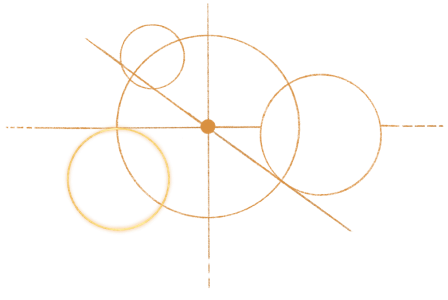Building Blocks of a Research Project




The decision to undertake a research project is both exciting and daunting, especially when considering where and how to begin. But breaking a project down into smaller parts makes it less overwhelming and at the same time brings focus to the individual parts in the process of discovering how they fit together like pieces of a puzzle.
How do we start research? What are the building blocks that will take us from the beginning to the end? How do we translate a general interest in a particular area into a research project?
Objectives:
90 mins
Cut the printed copies (according to the number of groups) of Handout 15: Elements of a Research Project into pieces so that the titles and explanations are all separate pieces.
Warm-up (10 minutes):
We ask participants about what they think the building blocks of a research project are and what the necessary components of a research project might be. What makes up a research project?
Group Work (30 minutes):
Participants are split into 3 or 4 groups. Each group is given the cut up pieces of Handout 15: Elements of a Research Project (containing the titles of the main research project building blocks and their explanation) in a random order. Racing against each other, each group tries to match the titles with the respective explanation in the shortest amount of time.
When all groups finish, they present their results and discuss the matched pairing.
Distribute Handout 16: Finding a Topic to each group to read and consider how a research project may start. We give 10 mins for reading.
Group Work (30 minutes):
Each group works on imagining a research project starting from the subject and topic. The group thinks about the significance of this topic and explains the envisioned research and dissemination process.
Each group presents its work using the collage technique (cutting and pasting pieces from newspapers, magazines, and papers to make one document) to show how they envision the research project would unfold.
Group Presentations (20 minutes):
We get to know the research ideas through a gallery walk. We go around the room to check out different maps and encourage participants to ask questions to the groups and discuss their maps and ideas.